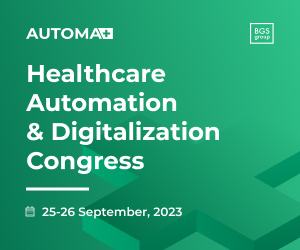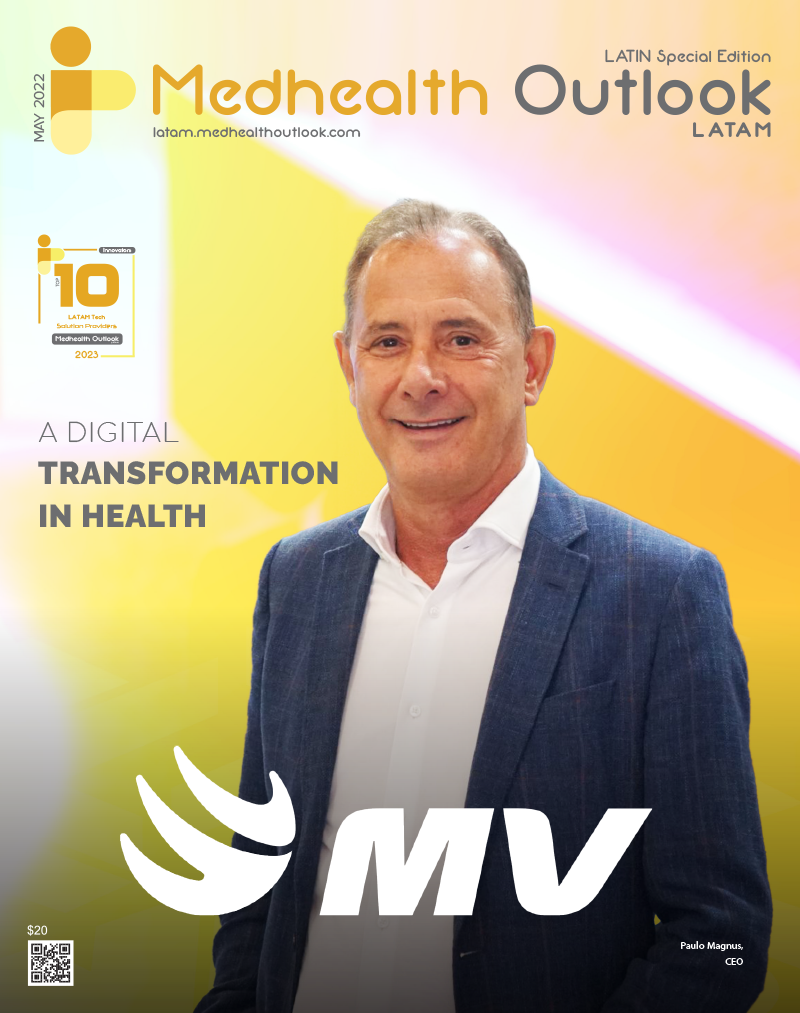Every discipline of healthcare must acknowledge a major vacuum without the integration of advanced technology. In 2017, The VA began “a new approach which moved away from treatment emphasizing isolated symptoms, disease and illness, to one that focused on each Veteran as an individual and a whole person”. Some of the cultural transformations in treatment included what was once classified as complementary health practice, e.g., acupuncture, biofeedback, hypnosis, meditation, yoga, and massage therapy.1
“Integrative medicine is defined as healing-oriented medicine that takes account of the whole person (body, mind, and spirit), including all aspects of lifestyle.”2,3 The Business of Integrative Medicine as described in 2007 requires providers to know who and where to refer patients in need of integrative care. Also, there is moderate need to educate providers on how to incorporate holistic techniques as well as educating the patient about why including other in-network disciplines is integral to managing the health of the whole person. Patients require education about unrealistic goals and their roles in managing aspects of their own recovery or improvement. 3 Integrative Practice (IP) is also described as ‘Patient-centered care that treats root causes of illnesses and seeks to develop preventive and disease management plans for the whole person – incorporating every system of the body’. Providers partner with patients to ensure all aspects of patients’ well-being are considered: nutrition, lifestyle, and safe proven holistic or complimentary therapies. 4
Technology is key to bridging gaps between patients, data management and tracking benefits vs risks of each intervention. For public health practitioners and clinicians, acknowledgement of updated and informative research is essential to healthcare delivery and prevention of communicable diseases, in particular. Biomedical research is intimately linked to health outcomes of the individual and the mass (the public).5 We could not understand or share these links without public health surveillance systems, integrated networks, secure electronic records or automation, and research analyses. Inadequate infrastructure to deal with high demand of emergency medicine or epidemics (patient isolation, etc.) must include advanced technology sytems.6
The COVID-19 pandemic clearly demonstrated gaps in gathering, analyzing, and sharing critical life-saving information. Most healthcare databases and surveillance systems had limited capacity to cope with thousands of suspected or confirmed cases of COVID-19 even in the middle waves of the pandemic. Advanced health technology, updated telehealth systems or alternatives to WIFI connections, chatbots, virtual reality, artificial intelligence (AI) were not adequately operational. 6 Many underserved communities lacked computers, tablets, or smartphones to engage in telehealth with providers, even during quarantine with suspected COVID-19 infection.
According to Ananthakrishnan et al, “Many countries struggled to make timely and evidence-informed decisions about the introduction of COVID-19 pharmaceuticals, vaccines and other preventative or curative interventions. Many governments created national teams or task forces to evaluate and synthesize information to support these responses.” Health technology agencies (HTA), like our U.S. Centers for Disease Control and Prevention (CDC) were developed by many of these nations. “Given their technical capacity and national focus, HTA’s in many countries have been assisting the evidence needs of these task forces on conducting disease modelling, performing rapid reviews and interviews with key national and international experts, as well as other types of healthcare research, as required.”5
Many challenges were unveiled by the pandemic beyond pharmaceuticals, infrastructure, and technology, such as new regulations, employee-rights, and other moving targets. Faced with tighter delineation of informed consent, truth-telling, justice, confidentiality, and striving for autonomy –healthcare providers had goals that seemed tough to secure. Choosing an ethical care model that keeps patient care as central, while minimizing conflicts in workflow, was the desirable objective.7 Such conflicts in healthcare decision-making reached a climax during peak COVID-19 hospitalizations – but started with preventive strategies (masking, social-distancing, vaccines), and extended through each wave of the pandemic. Predictive modeling tools or algorithms may be key to quick assessment and effective triage of the most vulnerable patients during a healthcare crisis such as a pandemic. Future modeling should include reliable digital technology, artificial intelligence (AI), virtual reality or chatbots that simulate human-to-human interactions when direct contact is too dangerous.
Good Stewardship is expected in healthcare to manage limited resources while striving for equity in care delivery. Yet, across the USA, countless examples of inequities were chronicled during COVID-19 treatment – Rationing care vs exploitation of such practices were common using a decision-making rationale of ‘lack of HC insurance’ or ‘presumption of inability to pay for expensive lifesaving yet limited interventions’, e.g., monoclonal antibodies, effective antivirals, respirators, and specific combination therapy for infections by resistant variants of COVID-19, during progressive waves of the pandemic.
The role of the pharmaceutical industry was highlighted as less industrialized nations and vulnerable or underserved communities within developed nations were either neglected or not prioritized for receiving life-saving medications, interventions, or early diagnostic measures to prioritize care or verify severity of risks.5 Herein lies another example of the need for improved local and national technology systems or medical databases to filter and flag discrepancies when patients’ lives are at stake. Integrated Value-Based Care might be an ideal goal. “To facilitate interprofessional practice, health service delivery must express equity and value and be financed to support workforce diversity”.8 Detailed explanations of systemic failures with proposed solutions are delineated in this reference article.












